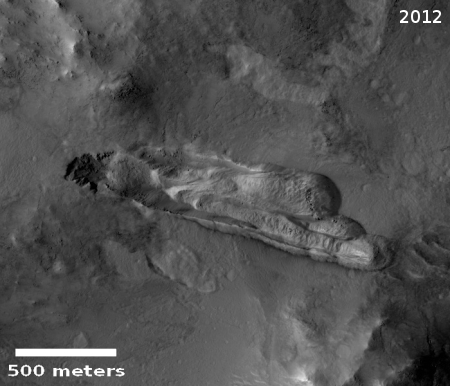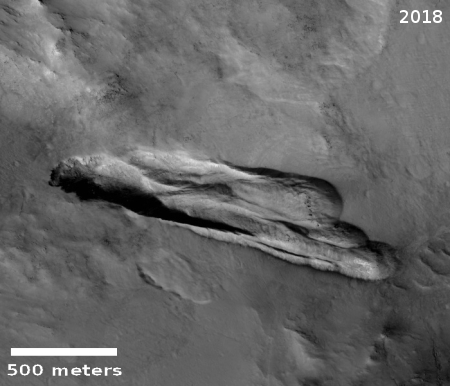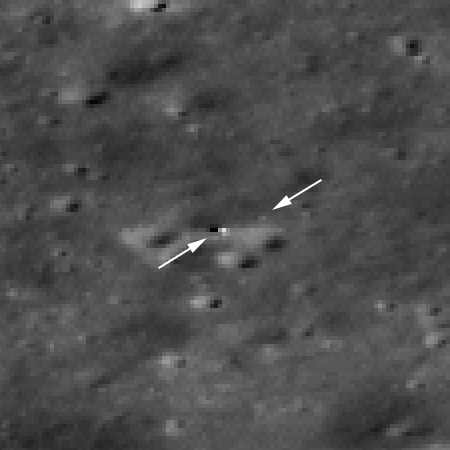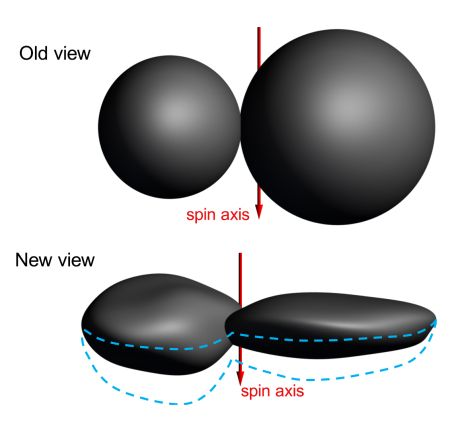Air Force awards launch contracts (3 each) to ULA and SpaceX
Capitalism in space: The Air Force yesterday announced the awarding of launch contracts to both SpaceX and ULA, giving each company three launches.
ULA will receive $441.76 million under a fixed-price contract to launch SBIRS GEO-5, SBIRS GEO-6 and Silent Barker, a classified space situational awareness mission.
SpaceX will receive $297 million to launch AFSPC-44, NROL-85, and NROL-87.
Note the difference in price. While the specific missions might have requirements that make the ULA launches more expensive, I suspect that most of the difference has to do with SpaceX’s ability to simply do it cheaper. The Air Force however did not give all the contracts to SpaceX because it has strategic reasons to have two independent launch companies. It also faces political pressure to support both companies, regardless of cost, as illustrated by recent stories about the political gamesmanship between SpaceX and ULA.
This story does illustrate however how the competition from SpaceX has forced ULA to lower its prices. For these three launches they are charging an average of about $147 million. Before SpaceX’s competition, their price per launch generally averaged more than $225 million. Isn’t competition wonderful?
Capitalism in space: The Air Force yesterday announced the awarding of launch contracts to both SpaceX and ULA, giving each company three launches.
ULA will receive $441.76 million under a fixed-price contract to launch SBIRS GEO-5, SBIRS GEO-6 and Silent Barker, a classified space situational awareness mission.
SpaceX will receive $297 million to launch AFSPC-44, NROL-85, and NROL-87.
Note the difference in price. While the specific missions might have requirements that make the ULA launches more expensive, I suspect that most of the difference has to do with SpaceX’s ability to simply do it cheaper. The Air Force however did not give all the contracts to SpaceX because it has strategic reasons to have two independent launch companies. It also faces political pressure to support both companies, regardless of cost, as illustrated by recent stories about the political gamesmanship between SpaceX and ULA.
This story does illustrate however how the competition from SpaceX has forced ULA to lower its prices. For these three launches they are charging an average of about $147 million. Before SpaceX’s competition, their price per launch generally averaged more than $225 million. Isn’t competition wonderful?









